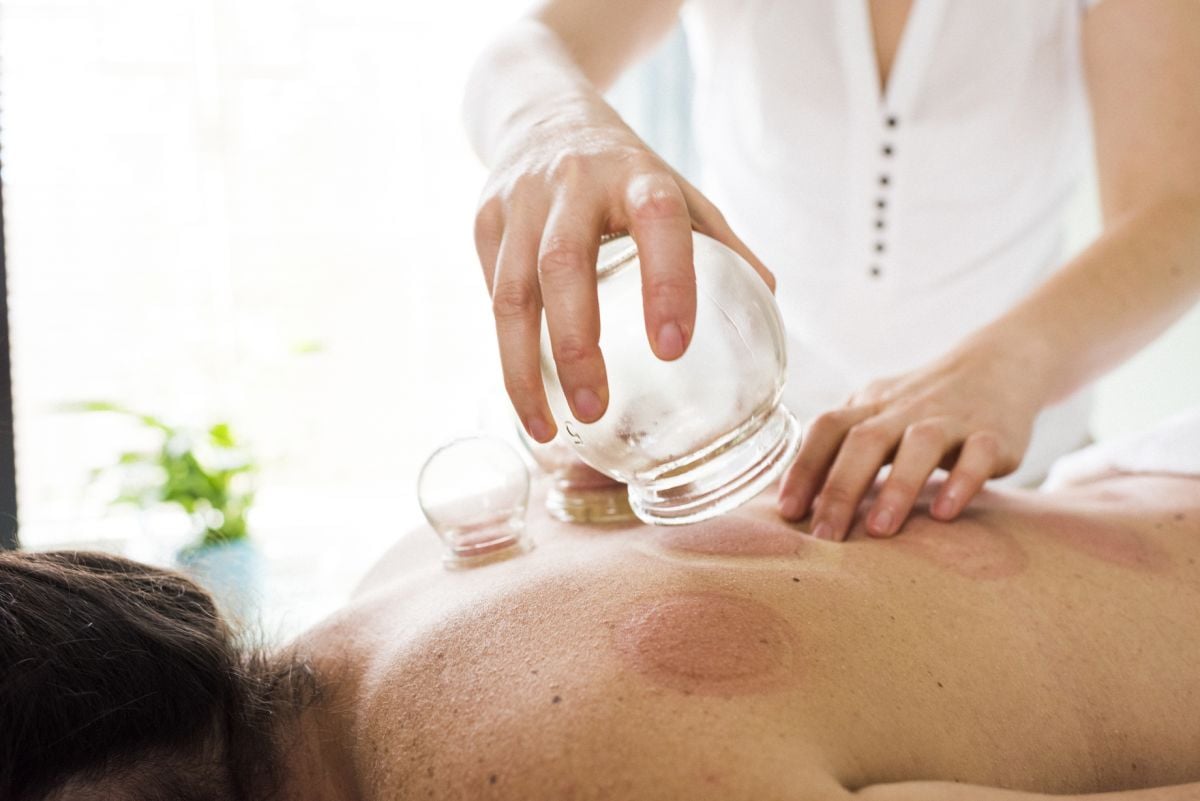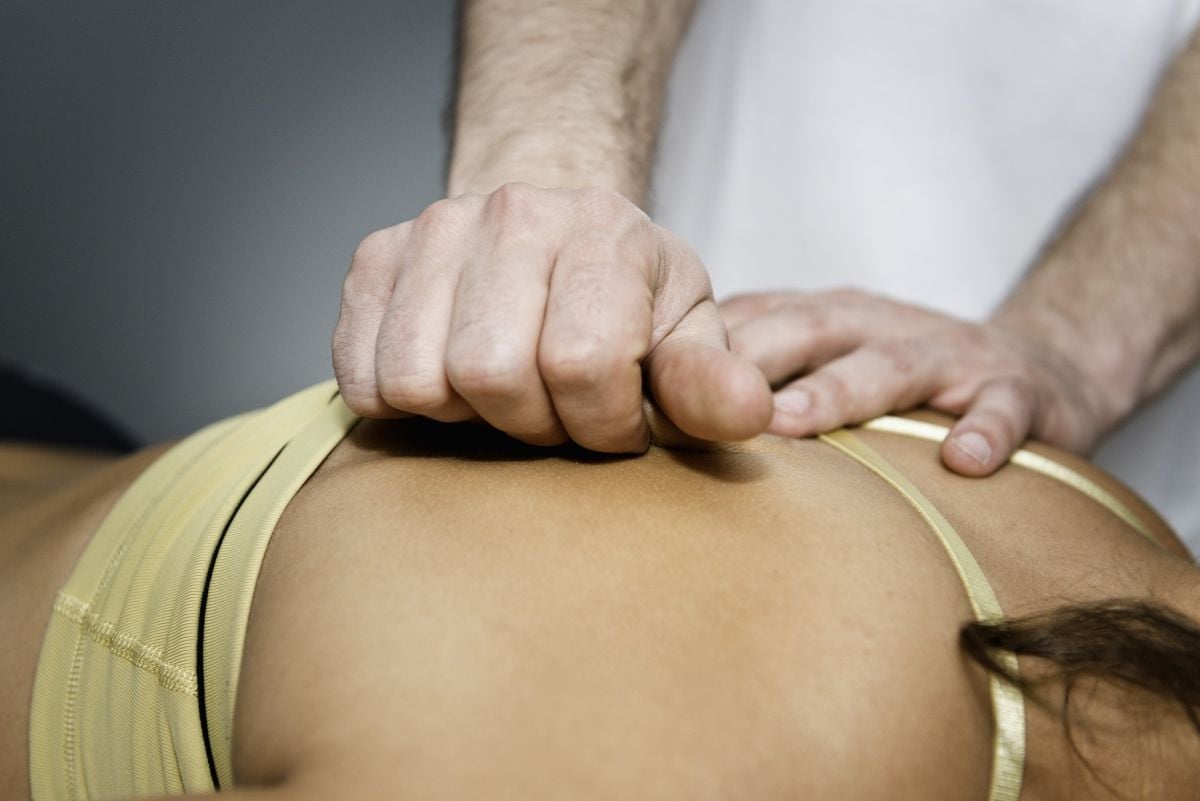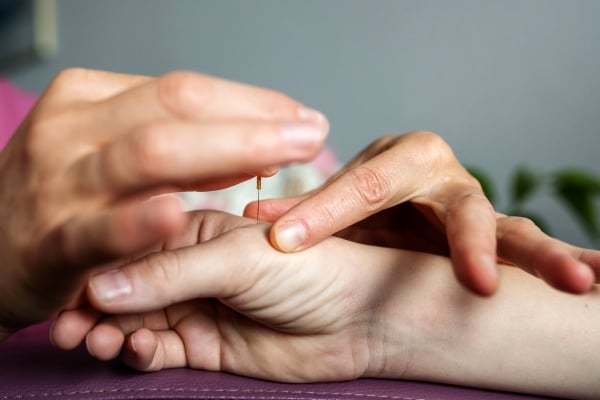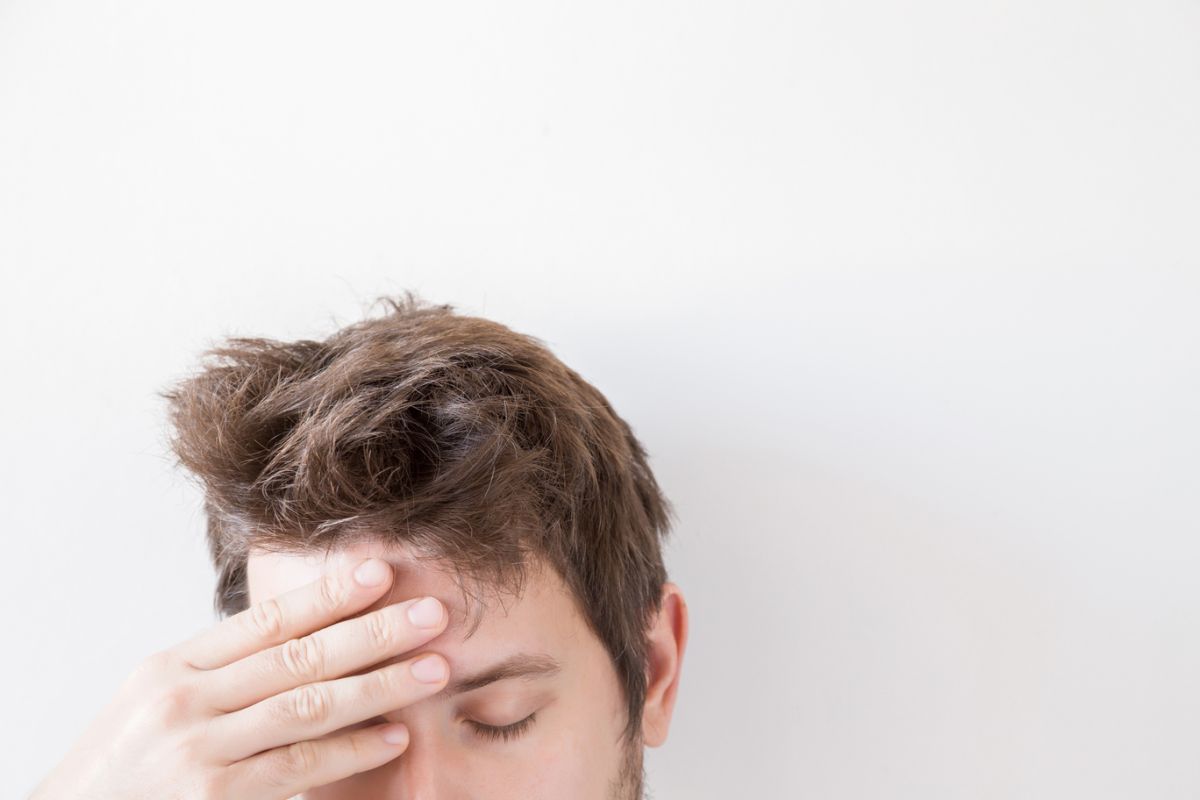
What is vertigo, how did I get it and what can I do about it?
Vertigo is the illusion of motion taking place that isn’t actually occurring, commonly experienced as a sensation of spinning, swaying or tilting.
Benign Paroxysmal Positional Vertigo, also known as BPPV, is a condition of the inner ear whereby certain changes in head position can cause brief vertigo, often accompanied by nausea, vomiting and loss of balance.
Many people suffer from debilitating bouts of vertigo and have no idea why it began. While there are several possible causes of vertigo, BPPV is a common culprit.
Who gets BPPV? Anyone!
BPPV is often experienced after head trauma or an inner ear infection. However, about half of all BPPV cases have no known cause.
BPPV is more common in people over 60 years of age and in women. Most people report going to bed one night feeling fine, but then being alarmed by brief vertigo the next morning when they rolled over or got up from bed.
So why does BPPV occur? It’s a mechanical problem.
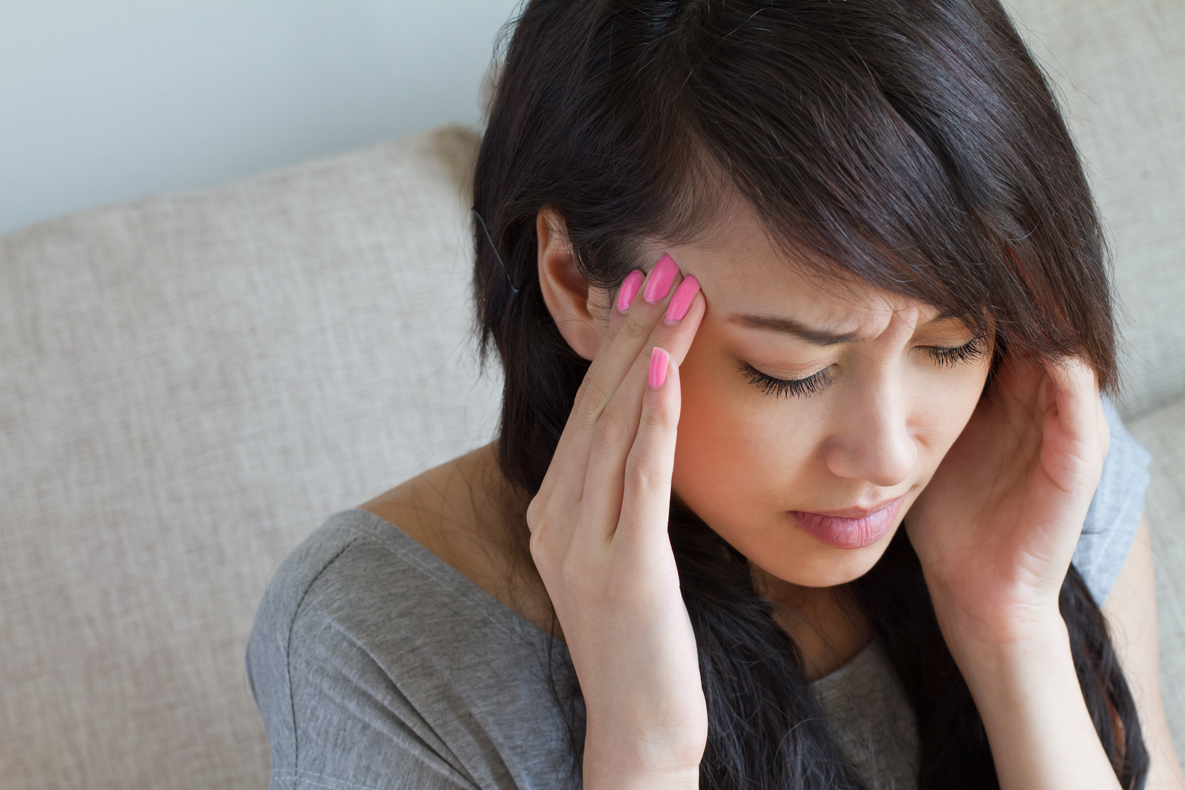
The inner ear is an organ found deep in both ears that sends information to the brain regarding the position and movement of your head. This serves as a valuable tool for balance and knowing where upright is located - crucial for our ability to function normally.
The inner ear is comprised of 3 fluid-filled semicircular canals oriented at different angles. The direction and flow of the fluid changes with any angular head movement and this information is sent to the brain.
The inner ear also has a compartment called the utricle which contains tiny, calcium carbonate crystals.
This area is designed to allow us to detect any tilt or linear motion.
BPPV is the condition in which some of the crystals in the utricle become dislodged and migrate into one or more of the semicircular canals. This disrupts the normal fluid movement inside the canals, thereby sending inaccurate information to the brain, causing vertigo.
When the head gets into a position in which gravity makes the crystals move, the brain has one inner ear telling it that the head is turning but the other inner ear, the eyes and the other motion sensors in our body all telling it that the head isn’t turning.
The brain feels like it has two backseat drivers each yelling out different directions. It cannot properly interpret the information being received, resulting in a brief spinning sensation which can be quite severe and even lead to falling.
The position changes that tend to be most aggravating are getting in and out of bed, rolling over in bed, bending forward to reach the ground, looking upward, or quick head movements.
What do I do if I have BPPV?

Some healthcare professionals are trained in vestibular system assessment and treatment. You could talk to a healthcare professional about the condition.
Luckily, if you have true BPPV, the treatment is usually very fast and effective. The therapist must first determine which ear and semicircular canal are affected. This is done by placing the patient in various test positions and observing the eyes.
Once identified, BPPV is treated with a short sequence of head and body maneuvers specific to the canal involved. The movements are designed to move the dislodged crystals out of the affected canal and back into the utricle. Once the crystals have returned to the utricle, there is no more spinning, and this is usually achieved in 1-3 treatments.
People may have some residual sensitivity to motion or unsteadiness, but these symptoms are usually resolved quickly with specific exercises that the vestibular therapist can prescribe for the client to perform at home.
Lifemark therapists are highly trained in identifying and treating BPPV. We use infrared goggle technology in order to most accurately assess this condition so that the correct treatment maneuver is selected.
To schedule an appointment with a Lifemark therapist, check out our Locations page to find a clinic near you or book online. Lifemark has vestibular therapists ready to help you at over 130 locations coast to coast. For more information about our vestibular rehabilitation program, you can also consult our website.

